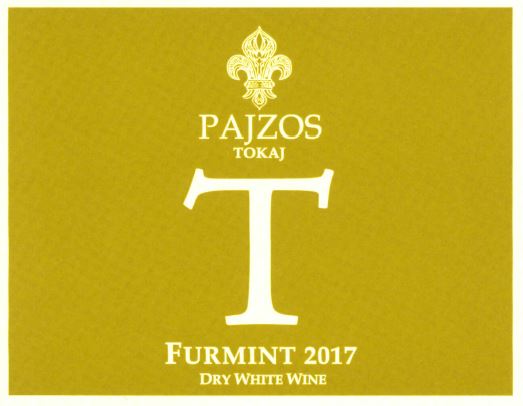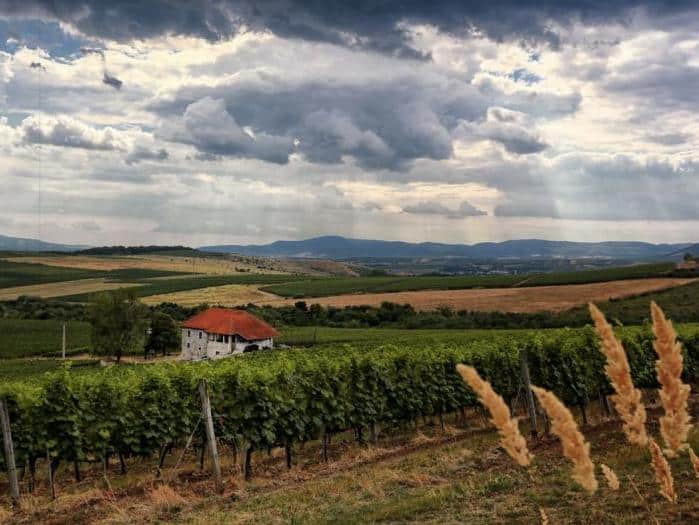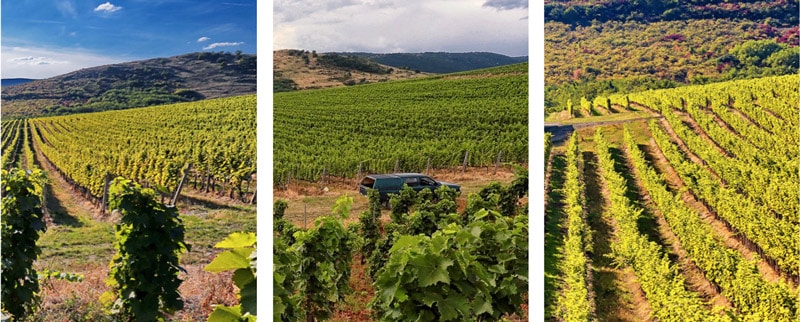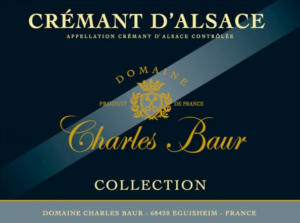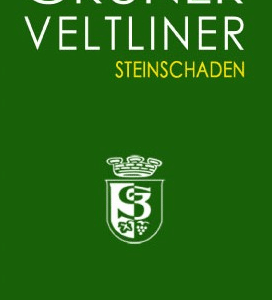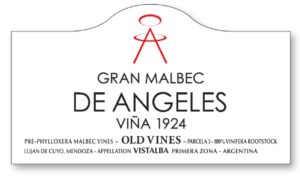ABOUT THE PRODUCER: Château Pajzos
Hungarian Tokajis were historically among the most highly prized wines in the world. Long before Sauternes, they graced the tables of European elites and connoisseurs. In the summer of 1991, the late Jean-Michael Arcaute and Jean-Louis Laborde launched the Renaissance of Tokaji. They led a group of 12 wine lovers and acquired Château Pajzos, carrying out the same year the first “private enterprise” harvest and vinification. Today, the 100ha domaine (55ha of vineyards) is under the sole ownership of the Laborde family, who also owns Château Clinet in Pomerol.
The estate is located in the heart of the Tokaji region, on slopes surrounding the famous wine village of Sárospatak. It was long acknowledged for having one of the finest vineyards of the region. Its volcanic, rocky soils ensure that the native varieties – Furmint, Muscat, Hárslevelu and Zéta – are both rich in natural acidity and concentration and the location between the Bodrog and Tisza rivers makes it ideal for attaining noble rot, indispensable for producing the sweet Aszú wines.
The property is managed by Ronan Laborde and his winemaking team. In recent years, they optimized the vineyard to enhance the development of botrytis, essential for Aszú wines. They changed their pruning method to single guyot in order to reduce yields and advance ripening. Depending on the moisture content of the soil, it is either plowed or left un-tilled; nets are placed in the fall over the botrytis-affected grapes to prevent them from being eaten by animals.
For the Tokaji Aszú wines, a base dry white wine is first made (Château Pajzos uses the Dry Furmint they produce), then mixed with Aszú berries – botrytised, shriveled grapes that were originally picked from bunches into 20 liter wooden tubs called puttony. During harvest, it can take up to 30 passages in the vineyards to pick them at the perfect time, as Château Pajzos only selects fully botrytized -not just passerillé- grapes. Traditionally, the concentration of the Tokaji was defined by the number of puttony added to the base. Nowadays, the “Puttonyos” is based on the content of residual sugar in the final wine. It takes about 44 pounds of Azsú berries mixed with 100 liters of base wine to reach 1 Puttonyos – and an experienced picker a full day to harvest that quantity. The sweet wines are aged in 1.5km of underground galleries that offer constant humidity and temperature; they are only produced in the best vintages. Since 2013, Château Pajzos focused its range to Azsú wines from 4 to 6 Puttonyos. Their approach is to highlight freshness, when other houses promote a more oxidative style.
The estate is located in the heart of the Tokaji region, on slopes surrounding the famous wine village of Sárospatak. It was long acknowledged for having one of the finest vineyards of the region.

